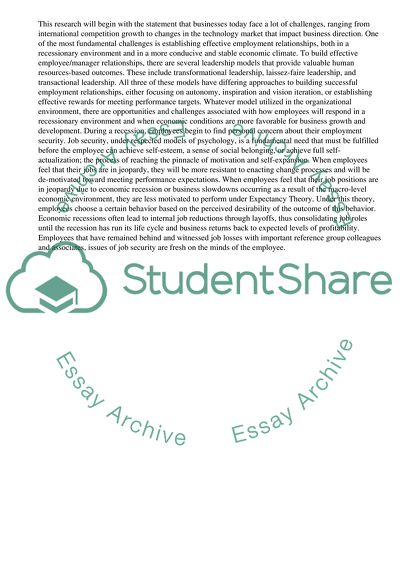Cite this document
(“Developing Effective Employment Relationships Essay - 2”, n.d.)
Developing Effective Employment Relationships Essay - 2. Retrieved from https://studentshare.org/management/1462877-developing-leadership
Developing Effective Employment Relationships Essay - 2. Retrieved from https://studentshare.org/management/1462877-developing-leadership
(Developing Effective Employment Relationships Essay - 2)
Developing Effective Employment Relationships Essay - 2. https://studentshare.org/management/1462877-developing-leadership.
Developing Effective Employment Relationships Essay - 2. https://studentshare.org/management/1462877-developing-leadership.
“Developing Effective Employment Relationships Essay - 2”, n.d. https://studentshare.org/management/1462877-developing-leadership.


